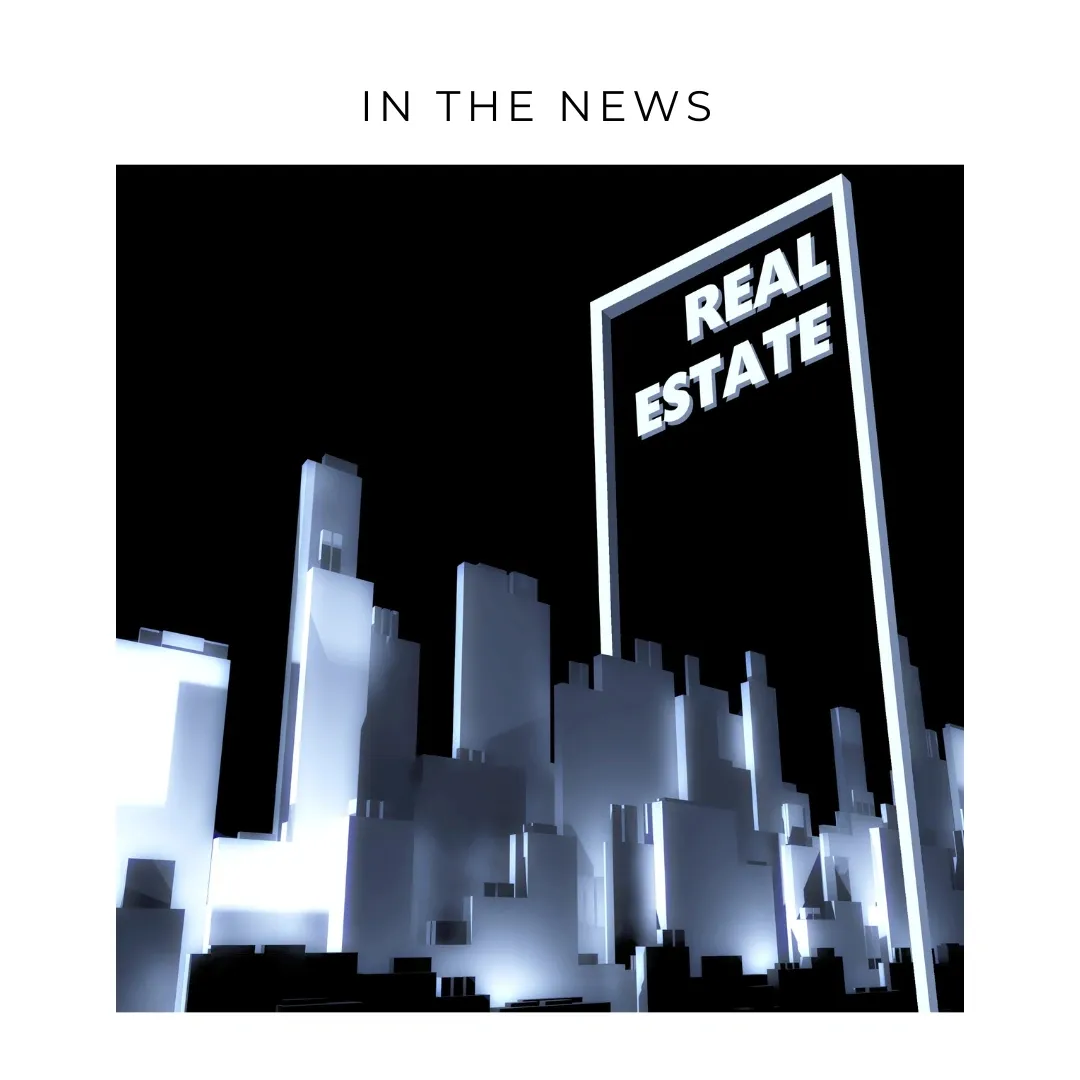5 Top Trends Shaping Commercial Real Estate
Commercial Real Estate (CRE) is a dynamic sector, constantly adapting to market demands, technological innovations, and economic fluctuations. As we venture into 2024, several emerging trends are poised to shape the landscape of CRE. Here are the top 5 trends GDL Capital has identified that investors should closely monitor:
1. Sustainable and Eco-friendly Developments
With a heightened focus on climate change and sustainability, there is a growing demand for eco-friendly and energy-efficient buildings. Investors and developers are emphasizing green building standards, renewable energy sources, and sustainable materials to minimize environmental impact and reduce operational costs. This trend is not only responsible but also increasingly demanded by tenants and consumers.
2. Technological Integration
The integration of advanced technologies is revolutionizing the CRE sector. Proptech solutions like smart building management systems, AI-driven data analysis, and blockchain in real estate transactions are optimizing operational efficiency, enhancing user experience, and providing more transparent and secure platforms for transactions and management.
3. E-commerce and Logistics Boom
The unprecedented growth of e-commerce is driving the demand for logistic centers and warehouses. With consumers expecting faster deliveries, the need for well-located distribution hubs is more crucial than ever. This shift necessitates strategic investments in logistics real estate to support the evolving supply chain and distribution networks.
4. Mixed-use Developments
The blending of residential, commercial, and sometimes industrial uses within a single development is becoming more prevalent. Mixed-use developments are fostering community-centric spaces, promoting live, work, play environments, and are often seen as a remedy to urban sprawl. This holistic approach to development caters to the diverse needs of modern urban populations and offers varied opportunities for investors.
5. Remote Work Impact on Office Spaces
The adoption of remote work is reshaping the demand for office spaces. There is an increasing preference for flexible working arrangements, leading to a rise in demand for coworking spaces and hybrid work models. This transformation is prompting property owners and developers to rethink design strategies and amenities to create more adaptable and resilient office environments.
Strategic Insights for Investors
Staying abreast of these trends is crucial for investors aiming to make informed and strategic decisions in the commercial real estate market. At GDL Capital, we continuously monitor the evolving landscape and leverage our insights to identify lucrative investment opportunities in line with market trends.























